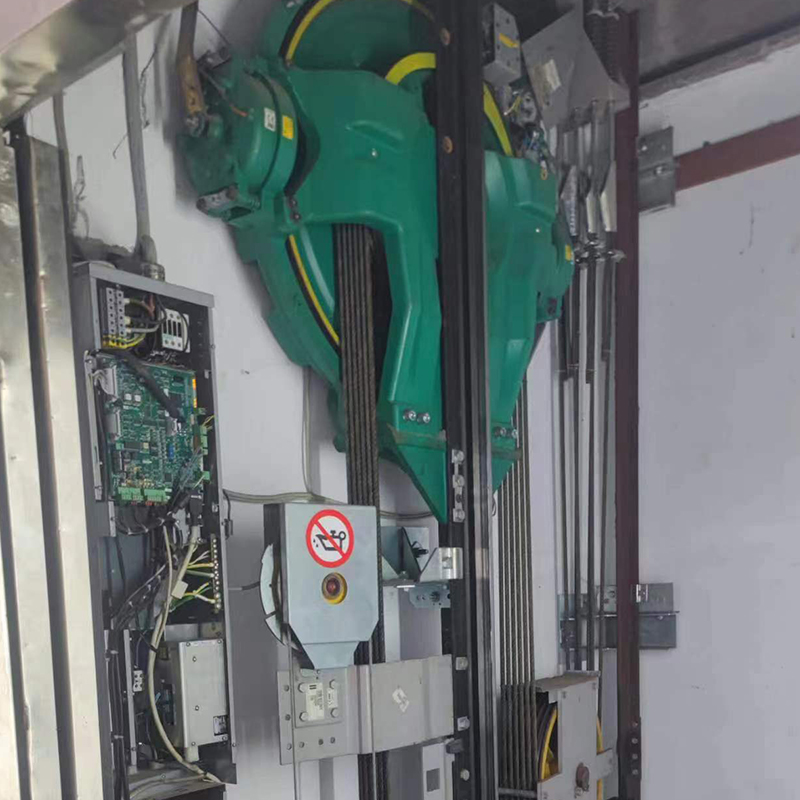Содержание
ПереключатьOld Elevator Renovation
When considering the modernization of an old elevator, it is essential to approach the project thoughtfully and effectively. Planning an old elevator renovation is not just about improving aesthetics or functionality; it can significantly enhance safety, energy efficiency, and user experience in your building.
Understanding the Need for Renovation
Old elevators often carry a sense of nostalgia. However, their outdated mechanisms can pose serious risks and inefficiencies. For instance, imagine an office building where employees frequently encounter long wait times due to an unreliable elevator. This not only frustrates staff but can also impact productivity. Hence, a timely renovation can serve as a strategic investment that will benefit everyone who interacts with the building.
Assessing Current Conditions
Before embarking on an old elevator renovation, it’s crucial to assess the current condition of the elevator. Start with an inspection to identify any mechanical failures or safety hazards. For example, if the elevator display panel often malfunctions, think about how modern technology could improve this experience. Incorporating smart features, like digital floor indicators and emergency communication systems, will dramatically enhance the overall safety and usability of the elevator.
Setting Renovation Goals
When planning your old elevator renovation, set clear goals. Consider what you want to achieve with the renovation. Is it to increase capacity, improve energy efficiency, or simply update an outdated design? For instance, if your building frequently experiences heavy foot traffic, elevating the elevator’s capacity can ensure smoother movement throughout the premises. Alternatively, incorporating energy-efficient systems can significantly reduce operating costs.
### Selecting the Right Materials and Features
Choosing the right materials and features is another pivotal step in the old elevator renovation process. Opt for durable, high-quality materials that will withstand daily use. For example, consider stainless steel for the elevator interior. Not only does it offer a modern look, but it also resists wear and tear, making it perfect for high-traffic environments. Additionally, think about incorporating modern features, such as LED lighting, which can create a welcoming atmosphere while reducing energy consumption.
Balancing Aesthetics and Functionality
An old elevator renovation should strike a balance between aesthetics and functionality. For instance, if you’re renovating an elevator in a historical building, preserving its vintage charm while modernizing its features is vital. Consider using design elements that reflect the building’s history while integrating modern technology. This approach can not only enhance the elevator’s functionality but also maintain the character of the building.
Considering Compliance and Safety
Compliance with local building codes is a critical component of any renovation. It’s vital to ensure that your old elevator renovation adheres to the current regulations. For example, if you’re installing a new safety mechanism like an emergency brake system, ensure it meets all mandated safety standards. This not only protects users but also safeguards your investment by preventing potential legal issues.
Engaging Professional Help
A renovation project, especially involving an old elevator, can be complex. Therefore, engaging professionals experienced in elevator renovation can simplify the process. They can provide insights into the best practices and assist you in managing the project efficiently. For instance, an experienced elevator contractor can recommend solutions based on your specific needs, helping you avoid common pitfalls.
Conclusion
In conclusion, an old elevator renovation is a valuable opportunity to enhance your building’s functionality, safety, and aesthetic appeal. By carefully assessing your needs, setting clear goals, selecting appropriate materials, ensuring compliance, and engaging professionals, you will create a modern solution that benefits all users. A well-planned renovation can breathe new life into an old elevator, ultimately improving the overall value of your building. As you embark on this journey, remember that a successful old elevator renovation is not just about revitalizing an outdated system; it’s about reimagining a vital part of your building’s history and future.


